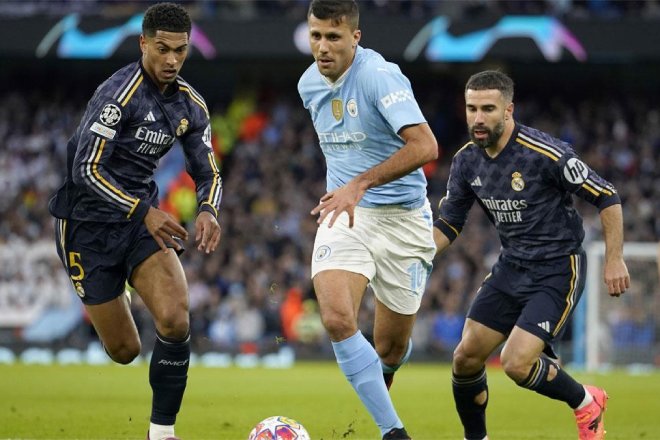The USWNT players were granted class status in November 2019 after a judge rejected the USSF’s notion that no discrimination existed, a big win for the plaintiffs at the time. Now, the federation is using competition and other factors with hopes to convince the court to dismiss the lawsuit.
Finnie Cook, an established economist who works at Deiter Consulting Group, was brought in by the USWNT and estimated the players could be owed $66.7 million if U.S. Soccer is found to have violated Title VII of the Civil Rights Act, which prevents employers from discriminating whether it be because of gender, race, nationality or religion. Additionally, the players seek liquidated damages as well as punitive damages.
U.S. Soccer argues
• USSF has paid the women’s national team more than the men’s national team in the period under consideration (2015-2019)
• The women’s national team can’t make claims that they could have been paid more by using the men’s national team pay structure because they opted for a different structure with more security.\
• Women’s national team players get benefits that they bargained for and that the men’s national team does not get
• The men’s and the women’s national teams do different work, play in different places and different games
• The men generate more revenue than women
USWNT argues
• There is proof of discrimination because U.S. Soccer representatives, including President Carlos Cordeiro, have admitted that women are not paid equally and that they do not deserve equal pay due to “market realities”
• The women’s national team receive a lower rate of pay compared to the men’s national team even considering peripheral benefits and USSF’s own witness confirmed these differences
• NWSL pay should not count towards the figures USSF uses since it is a separate job and not all USWNT players have played for NWSL teams.
• MNT and WNT players perform equal work in terms of skill, effort, and responsibility and have the same “common core of tasks”
Expanding on the arguments
Members of the Stars and Stripes say that U.S. Soccer intentionally discriminates against them by paying them less than men. But U.S. Soccer says the USWNT basically performs a different job than the men given a few factors in the international soccer realm. Some of these factors being the number of games played and where they travel to.
The USSF said that the women’s national team had gross revenue of $101.3 million for 238 matches over a ten-year fiscal period and that the men’s national team grossed $185.7 million for 191 games. On average, the women brought in $425,446 compared to the men’s $972,147. They also added that the women had a net loss of $27.6 million over 11 years while the men had a loss of $3.13 million.
In terms of revenue, the USSF pointed fingers at FIFA for most of the blame. U.S. Soccer said that it is not their fault that FIFA’s prize money for the Women’s World Cup and the World Cup has a massive difference.
The federation also brought up that the WNT generated less than $15 million in 78 games in the four years leading up to the team’s 2013 CBA. The men, on the other hand, generated $64 million from 69 games in the same period. The USSF also expressed that the women’s national team generated more revenue than the men’s national team over the past five years. You have to take into account that the WNT went through two World Cup cycles, winning both contributing even more to the payout, and the MNT going through one.
In addition, the federation says that the USWNT rejected an opportunity to adopt the men’s pay structure opting for a different structure with more security. But the players say they were never offered the same rates as men.
Members of the U.S. women’s team were asked to detail distinctions between their sport and the men’s during the lawsuit’s deposition in December 2019. Alex Morgan and Carli Lloyd were constantly asked questions to compare the USWNT with boys’ youth national teams – Under-17 and Under-18. The whole point of the questioning was to get them to agree that men have a better ability than women in the sport and that is why they should be paid less.























